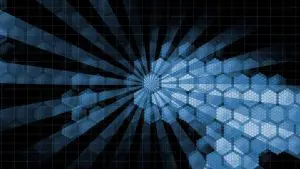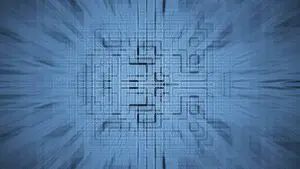In today's electronics equipment, total system dissipated power levels are increasing with every new design. Increases in power levels combined with the market expectation of reduced package sizes lead to heat problems that, if uncontrolled, can significantly shorten the life of the electronics. Although this "increased power - decreased size" scenario has been prevalent for … [Read more...]
The thermal conductivity of fluids
About 10-15 years ago, fluids, either directly (mainly Fluorocarbons), or indirectly (cold plates flushed with water) cooled the majority of mainframe computers. Nowadays, the expected increase in heat flux density causes a renewed interest in either passive or active liquid cooling, because the limits of air cooling come within reach. Other practical applications in which … [Read more...]
Determining the junction temperature in a semiconductor package, part IV – localized heat generation on the die
In the standard thermal test environment, thermal test chips are designed to dissipate the applied power uniformly over most of the die surface. However, in many situations of practical interest, the power is dissipated over a localized area of the die. This column provides calculation methods to deal with the latter situation. Figure 1 illustrates the situation of interest … [Read more...]
High accuracy thermal interface resistance measurement using a transient method
Heat dissipation of active devices has become one of the limiting factors in further miniaturization. While component manufacturers succeed in decreasing the overall thermal resistance of their packages, the thermal interface resistance to the board becomes the next limiting factor. Therefore, understanding interface and contact resistances becomes increasingly important for … [Read more...]
Multilayer circuitry on metal substrates
Today's electronics are becoming smaller and faster, resulting in increased power densities and greater risk of thermal problems. Thermal dissipation requirements thus need to be satisfied by the use of several cooling mechanisms. The cooling systems may include conduction, convection and radiation cooling. Conduction can be the most efficient mode of heat transfer and about … [Read more...]
- « Previous Page
- 1
- …
- 77
- 78
- 79
- 80
- 81
- …
- 85
- Next Page »










